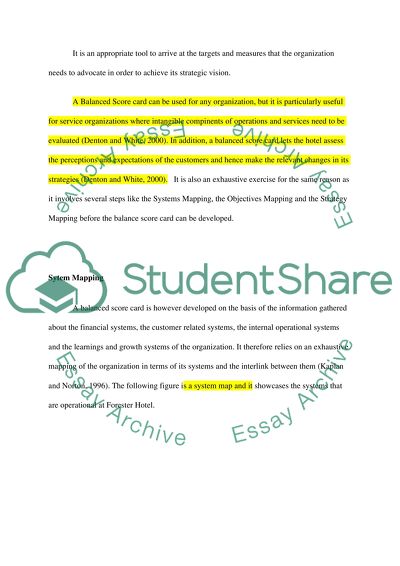Cite this document
(The Case of Forester Hotel and Competing Priorities for the Customers Essay Example | Topics and Well Written Essays - 3250 words, n.d.)
The Case of Forester Hotel and Competing Priorities for the Customers Essay Example | Topics and Well Written Essays - 3250 words. https://studentshare.org/environmental-studies/1413151-the-case-of-forester-hotel-and-competing-priorities-for-the-customers
The Case of Forester Hotel and Competing Priorities for the Customers Essay Example | Topics and Well Written Essays - 3250 words. https://studentshare.org/environmental-studies/1413151-the-case-of-forester-hotel-and-competing-priorities-for-the-customers
(The Case of Forester Hotel and Competing Priorities for the Customers Essay Example | Topics and Well Written Essays - 3250 Words)
The Case of Forester Hotel and Competing Priorities for the Customers Essay Example | Topics and Well Written Essays - 3250 Words. https://studentshare.org/environmental-studies/1413151-the-case-of-forester-hotel-and-competing-priorities-for-the-customers.
The Case of Forester Hotel and Competing Priorities for the Customers Essay Example | Topics and Well Written Essays - 3250 Words. https://studentshare.org/environmental-studies/1413151-the-case-of-forester-hotel-and-competing-priorities-for-the-customers.
“The Case of Forester Hotel and Competing Priorities for the Customers Essay Example | Topics and Well Written Essays - 3250 Words”. https://studentshare.org/environmental-studies/1413151-the-case-of-forester-hotel-and-competing-priorities-for-the-customers.


